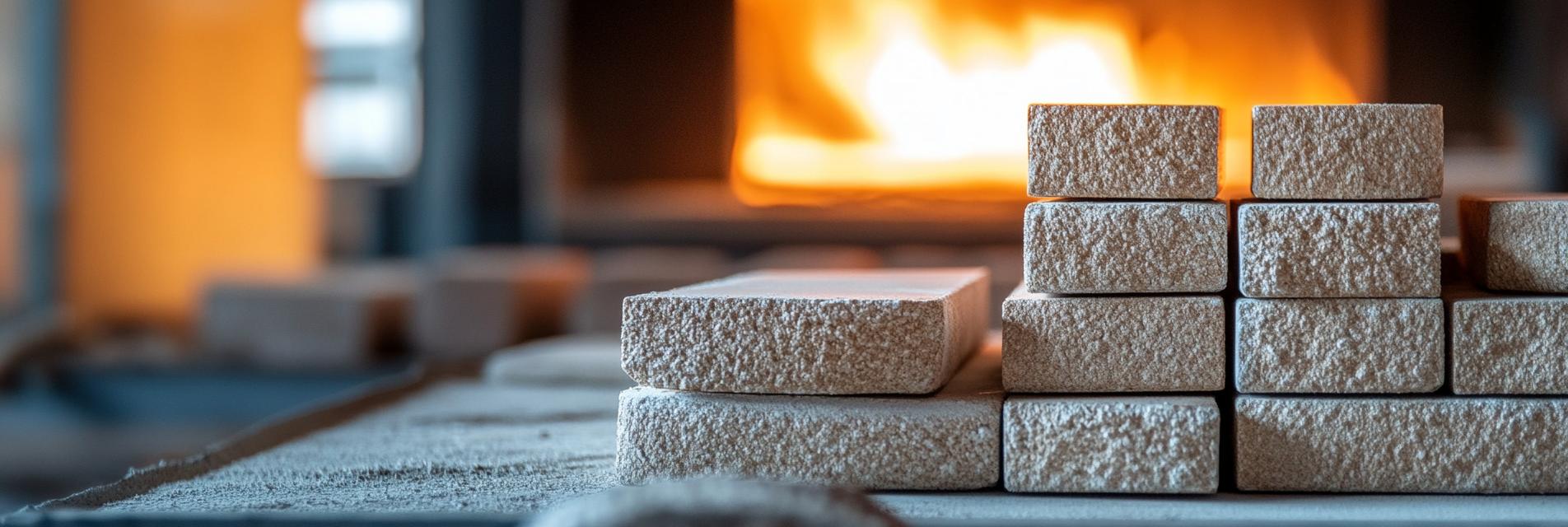.jpg?x-oss-process=image/resize,h_1000,m_lfit/format,webp)
In the glass melting industry, traditional refractory bricks have long been a source of headaches for manufacturers. Issues such as poor corrosion resistance and limited high - temperature stability often lead to frequent replacements, increased production costs, and unstable glass quality. Enter the Ty - H fused - cast β - alumina block refractory bricks, a revolutionary product designed specifically for glass melting, which breaks the limitations of traditional refractory bricks and provides an efficient and stable production environment for the glass industry.
The Ty - H refractory bricks are engineered with a unique design tailored to the specific requirements of glass melting. The internal structure of these bricks is optimized to ensure maximum heat transfer efficiency, reducing energy consumption during the glass melting process. Additionally, their shape and size are precisely designed to fit seamlessly into glass melting furnaces, minimizing gaps and preventing heat leakage.
.jpg)
One of the most significant advantages of the Ty - H refractory bricks is their outstanding corrosion resistance. In the harsh environment of glass melting, where molten glass and various chemical substances are present, these bricks can withstand the corrosive effects for an extended period. Laboratory tests have shown that the corrosion rate of Ty - H bricks is up to 50% lower than that of traditional refractory bricks. This means longer service life and fewer replacements, resulting in significant cost savings for glass manufacturers.
Moreover, the Ty - H bricks exhibit excellent high - temperature stability. They can maintain their structural integrity and performance at temperatures up to 1600°C, which is well above the typical operating temperature of glass melting furnaces. This high - temperature stability ensures consistent glass quality and reduces the risk of furnace breakdowns, leading to more stable production processes.
.jpg)
Several glass manufacturers have already adopted the Ty - H refractory bricks and have witnessed remarkable improvements in their production processes. For example, a large - scale glass factory in Europe reported a 30% reduction in refractory brick replacement frequency after switching to Ty - H bricks. This not only saved them a significant amount of money on brick purchases but also reduced production downtime, resulting in a 15% increase in overall glass production.
| Customer | Before Using Ty - H | After Using Ty - H |
|---|---|---|
| European Glass Factory | High replacement frequency, low production efficiency | 30% reduction in replacement frequency, 15% increase in production |
The glass melting industry is constantly evolving, with a growing demand for higher - quality glass products and more energy - efficient production methods. The Ty - H refractory bricks are well - positioned to meet these industry trends. Their energy - saving design and long service life make them an ideal choice for glass manufacturers looking to reduce their environmental impact and production costs. As the industry moves towards more sustainable and efficient production, the Ty - H bricks will play an increasingly important role.

In conclusion, the Ty - H fused - cast β - alumina block refractory bricks are a game - changer in the glass melting industry. With their unique design, exceptional corrosion resistance, high - temperature stability, and proven performance in real - world applications, they are far ahead of traditional refractory bricks in terms of technology and quality. Don't miss this opportunity to upgrade your glass melting process and achieve more efficient and stable production. Contact us today to learn more about the Ty - H refractory bricks and take the first step towards a better future for your glass manufacturing business.


